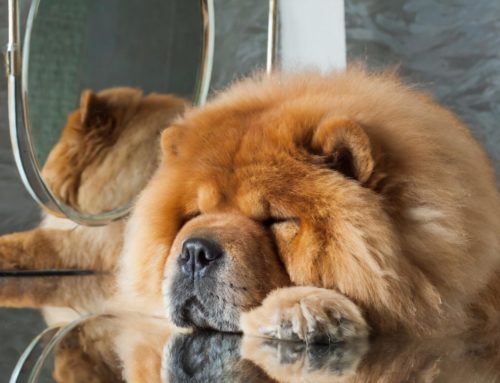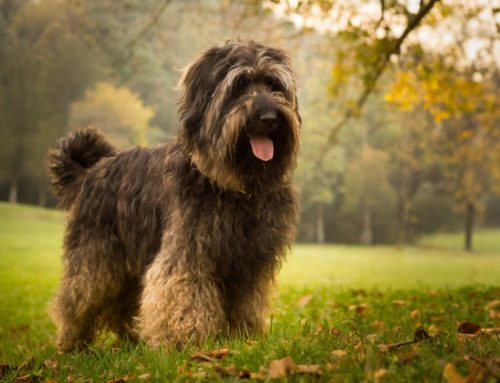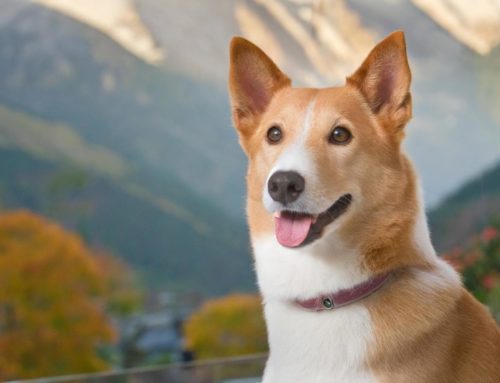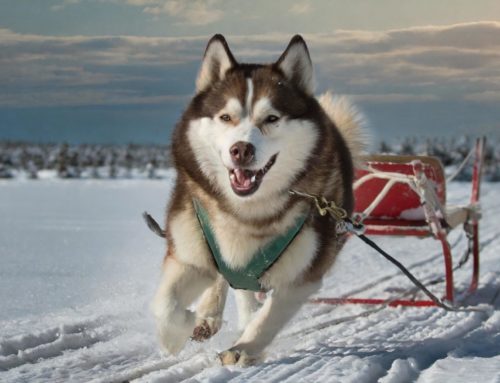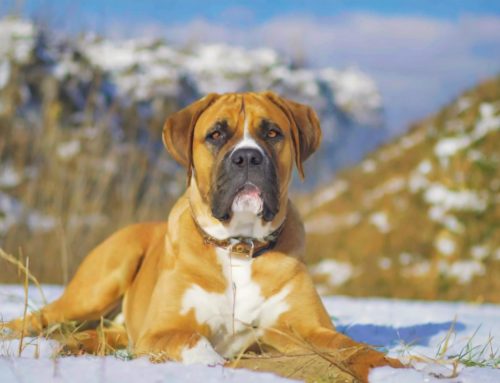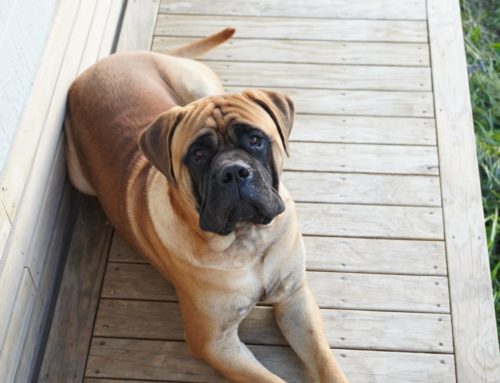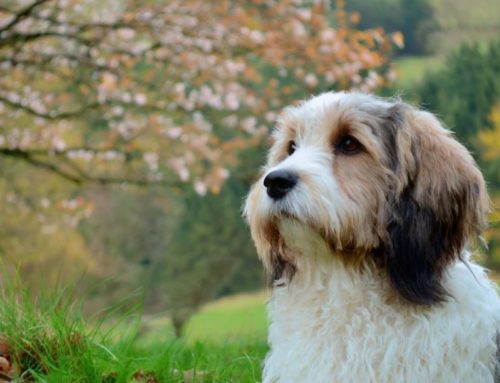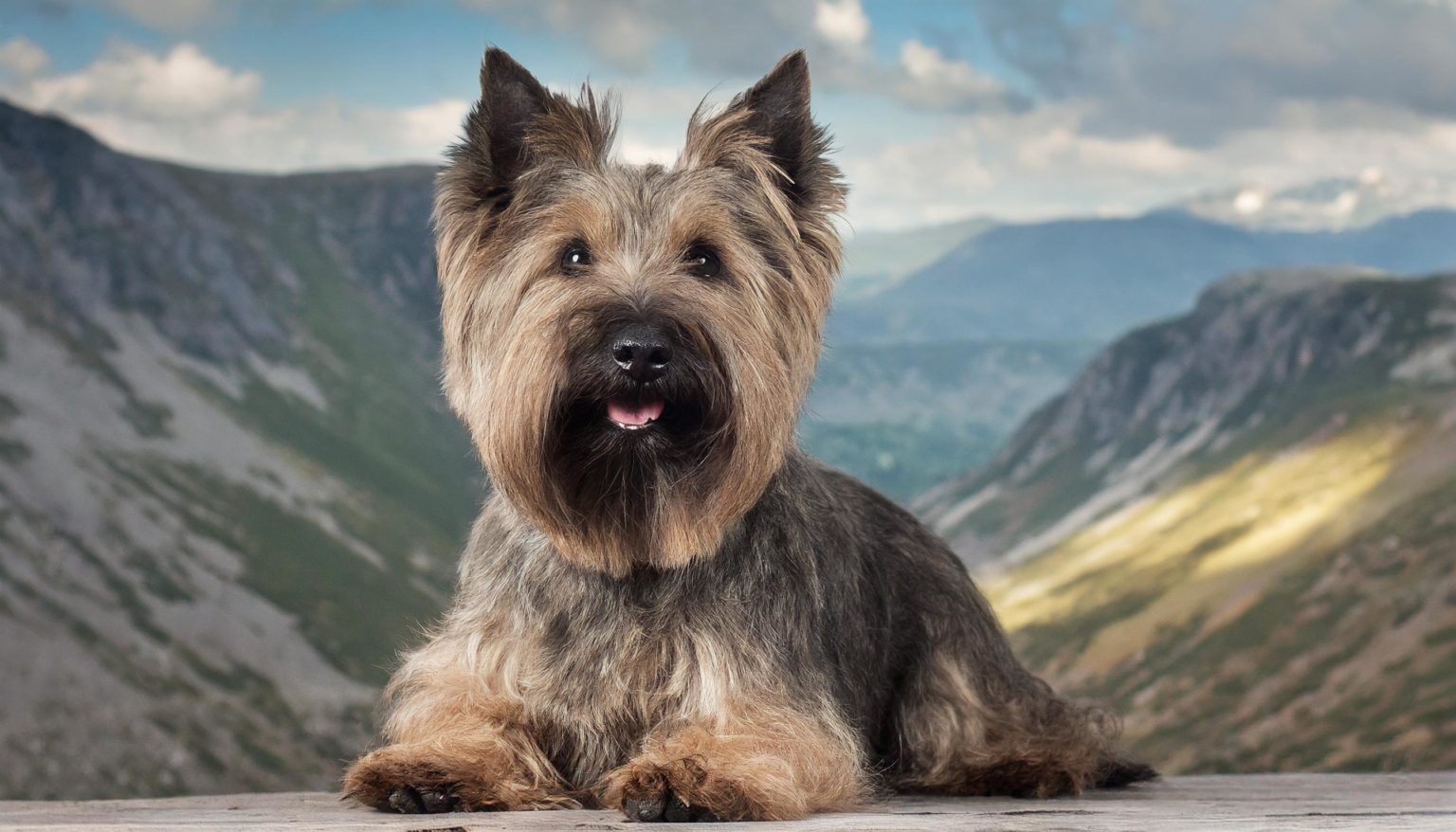
A small and robust dog breed with a cheerful nature, the Cairn Terrier originated in the Scottish Highlands. This breed, known for its double coat consisting of a dense undercoat and a hard outer coat, was originally used for hunting foxes, badgers, otters and other small game.
The Cairn Terrier is known for its stubborn and headstrong character, but is also a happy and cheerful family dog that gets along well with children.
FCI Group 3 Terriers
The Cairn Terrier, belongs to Group 3 of the FCI, the Terriers. Within this group, it falls specifically under Section 2, the Small Terriers. This breed is known for its rough-haired coat and comes in a variety of colours, with the exception of white.
The Cairn Terrier was originally bred for chasing away rodents, vermin and working in rough terrain, which explains its rugged and adventurous nature.
Coat and appearance of the Cairn Terrier
The Cairn Terrier is a small, cheerful dog, native to Scotland. With its rough coat and sturdy build, this terrier is made for adventure.
Its coat, which ranges from wheat-coloured to grey or almost black, is weather-resistant with a soft undercoat and shaggy eyebrows. The Cairn’s ears are small and pointed, while its eyes are set far apart, giving it a unique look.
The Cairn Terrier’s coat requires regular maintenance. It should be brushed and combed regularly to avoid tangles. The coarse coat can also be plucked, meaning it needs to be hand plucked to keep the Cairn well maintained.
Hereditary diseases and disorders in the Cairn Terrier
- Liver shunt (Portosystemic Shunt): A congenital defect in which blood is diverted around the liver, which can lead to growth retardation and neurological problems.
- Craniomandibular Osteopathy (CMO): This condition causes abnormal bone growth in the skull and jaw of young dogs, which can cause pain and difficulty eating.
- Globoid Cell Leukodystrophy (GCL): Also known as Krabbe disease, this is a serious neurological condition that affects the white matter in the brain.
- Eye disorders: Cairn Terriers can be prone to various eye conditions, such as cataracts and progressive retinal atrophy (PRA), which can lead to blindness.
- Skin problems: They can be prone to allergies and skin irritations, which can lead to itching and hair loss.
- Patellaluxation: This is a condition where the kneecap slides out of its normal position, which can cause pain and lameness.
- Hypothyroidism: A condition in which the thyroid gland does not produce enough hormones, which can lead to weight gain, hair loss and lethargy.
- Cryptorchidism: This occurs in male dogs when one or both testicles fail to descend into the scrotum.
The character of the cairn terrier
This dog has a strong hunting instinct, originally used to hunt badgers and otters in cairns. Its short legs and muscular build made it perfect for this. The Cairn Terrier’s coat can range from grey, black or even white, and is often rough in texture.
His small, pointed ears and muzzle, along with eyes that are set far apart, give him a distinctive expression. The Cairn Terrier is known for its liveliness and makes an excellent pet. He is known to get along well with children and adapts to all domestic environments.
However, because of its stubbornness, consistent training and obedience is essential. This training begins as a Cairn puppy and continues throughout its life. It is important for the Cairn to get plenty of exercise while walking, and mental stimulation, such as devising mischief, is also crucial for his well-being.

The Care of the Cairn Terrier
The care of the Cairn Terrier, a small and cheerful breed of dog, requires attention to both physical and mental well-being. Native to Scotland and originally used for hunting, this terrier has a distinctive coat that requires regular grooming.
Coat care is crucial; the Cairn’s rough coat – often grey, black or white in colour – needs regular brushing to remove tangles and dirt. These dogs do not shed much, but their coat can become harsh if not properly groomed.
In terms of health, regular exercise is essential. The Cairn Terrier loves to run and play, which is not only good for their physical health, but also contributes to their mental well-being. These cheerful dogs get along well with children and are generally great family pets.
Socialisation is also an important aspect of their care. Early and ongoing socialisation helps develop a well-adjusted dog. Potential owners should seek advice from a reliable breeder or breed association, and can find information from the Dutch Kennel Council on the basics of obedience to teach any dog.
Socialisation and upbringing of the Cairn Terrier
Socialisation and upbringing of the Cairn Terrier are essential for developing a balanced and happy pet. The Cairn Terrier, responds well to positive and consistent training. Socialisation should start early, ideally as early as a Cairn puppy. This process involves exposing the dog to different people, animals, environments and situations.
This helps the Cairn adapt and become comfortable in various circumstances. It is important that these experiences are positive, so that the Cairn builds positive associations with the world around him. Raising the Cairn Terrier requires patience and consistency. This breed can sometimes be headstrong, which requires consistent training.
Basic commands such as sit, stay, and come here are essential and should be taught from an early age. The use of rewards and praise works well with the Cairn, as they like to please.
How much experience does a Cairn Terrier require
The Cairn Terrier, with its lively and quirky nature, can be both a joy and a challenge for dog owners. This breed is suitable for both experienced and inexperienced dog owners, provided they are willing to put in the effort to raise and care for the dog.
For inexperienced owners, the Cairn Terrier can be a good introduction to the dog world because of its small size, adaptability and relatively easy coat care. However, its strong personality and sometimes stubborn nature require a consistent and patient approach in training and socialisation.
Inexperienced owners may benefit from attending obedience courses or seeking advice from experienced Cairn breeders or dog clubs. Experience is especially helpful in recognising and effectively addressing the unique characteristics of this breed.
Experienced dog owners will probably already be familiar with the training techniques and patience required for a successful upbringing.
Is training necessary in this dog originally used for hunting
Training is absolutely necessary in the Cairn Terrier, an intelligent and sometimes stubborn breed. Despite their small size, Cairn Terriers need clear structure and consistent guidance to develop into well-mannered pets.
Training not only provides a way to teach basic commands and good behaviour, but also strengthens the bond between the dog and its owner. Known for their cheerfulness and liveliness, these terriers respond well to positive training methods. Rewards, praise and games are effective ways to motivate a Cairn Terrier.
Their training should start as soon as they come home, ideally as early as puppy age. Early socialisation is also crucial, exposing the Cairn to different people, sounds and experiences to become a well-adjusted dog. Training also helps to manage their natural curiosity and playfulness.
Without sufficient mental and physical stimulation, a Cairn Terrier can become bored and develop destructive behaviour. Regular training sessions are therefore essential to channel their energy positively.
How much exercise does a Cairn Terrier need?
An energetic and playful breed, a Cairn Terrier requires an adequate amount of exercise daily to stay healthy and happy. This breed was developed for hunting and thus has a natural need for activity. On average, a Cairn Terrier needs about 30 to 60 minutes of exercise per day.
This can be broken down into several short walks, play sessions or time in a safe, fenced-in area where he can run freely. This daily exercise is important not only for their physical health, but also for their mental well-being.
Cairn Terriers are intelligent and can quickly become bored if not stimulated enough. Activities such as fetch, agility training or interactive games can help keep both their bodies and minds busy.

How is this dog getting along with children?
The Cairn Terrier is known for its friendly and playful nature, which makes it an excellent choice for families with children. This breed is generally patient and tolerant, and can really enjoy the energy and company of children. The Cairn Terrier’s cheerful and lively disposition makes him an enthusiastic playmate for children.
Benefits of a Cairn Terrier
- Size: Their small size makes them suitable for both flats and houses with a garden.
- Character: Cairn Terriers are known for their cheerfulness, courage and friendliness, which makes them great companions.
- Intelligence: They are intelligent and learn quickly, which makes training easier.
- Child-friendly: They generally get along well with children, provided the interaction is supervised.
- Little shedding: Their coat sheds relatively little, which can be an advantage for people with allergies.
Disadvantages of a Cairn Terrier
- Stubbornness: Their stubbornness can sometimes make training challenging.
- Exercise needs: They need sufficient daily exercise to expend their energy.
- Coat care: Regular grooming is necessary to keep the coat healthy.
- Health problems: As with many breeds, hereditary health problems can occur.
- Strong hunting instinct: Their hunting instinct can be a challenge, especially in areas with lots of wildlife.
How old a Cairn Terrier gets
On average, a Cairn Terrier lives to be 12 to 15 years old, although with good care and luck, some individuals can live even longer. This relatively long lifespan is due to a combination of their genetic background, their small size, and an overall strong constitution.
